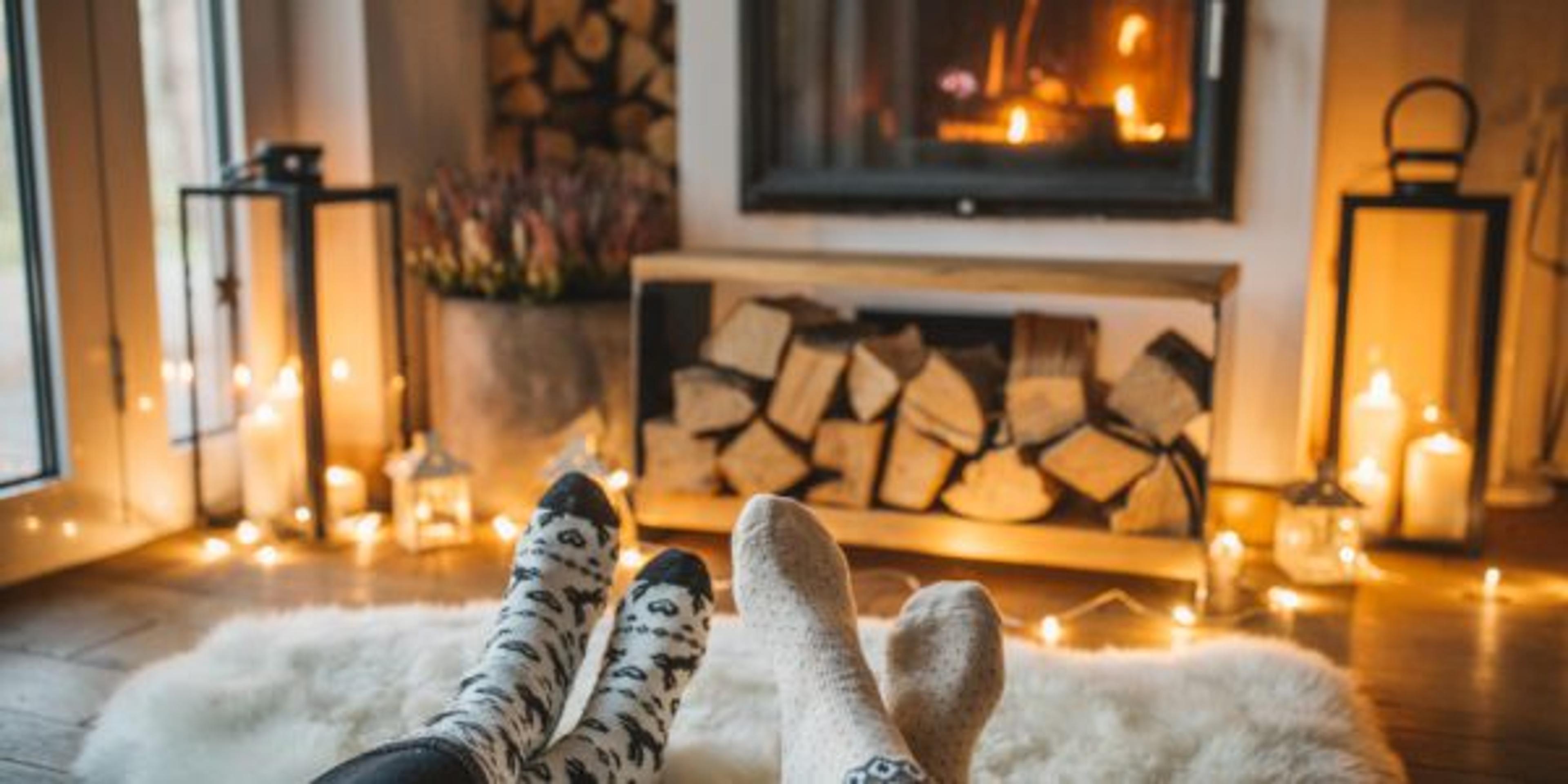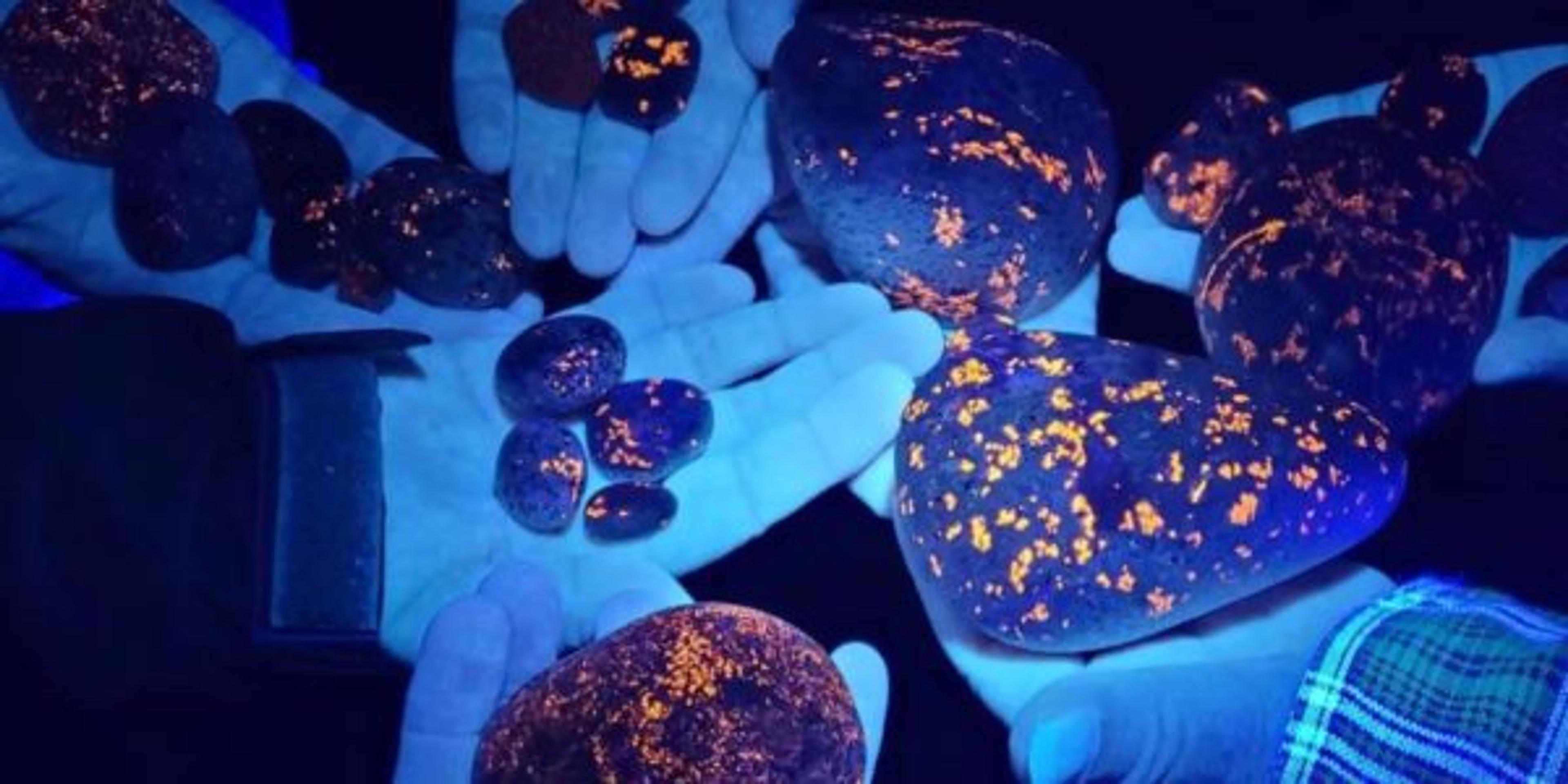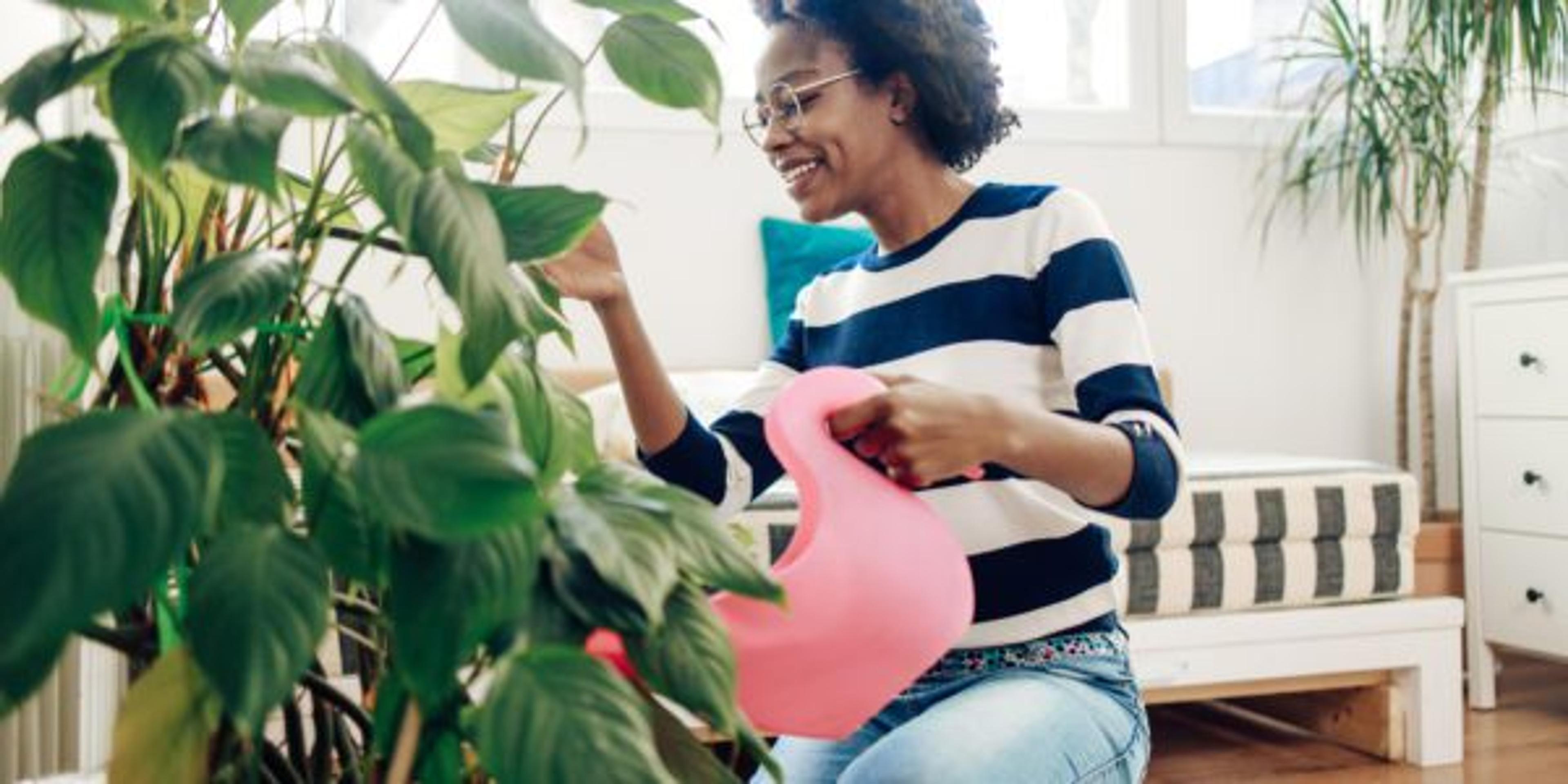The Psychology Behind String Lights: Why They Can Make You Feel Better
Shandra Martinez
| 4 min read

Lines of small lights strung around your backyard deck, giving it the feel of a European café. Colored lights glowing in your kids’ bedrooms. Warm lights peeking out from your garden. The rush to drape strings of lights over all the places we love to gather is a booming trend a lot of us probably didn’t see coming. So what is it about the psychology behind strings of decorative lights that just make us feel better? Once you understand, you might be stocking up on them for wider year-round use.
The string lights market has been seeing big increases in the United States and beyond for the last several years. The upswing started as a decorative trend in the pre-pandemic years. Then under people’s stay-close-to-home phase, the use of lights inside and out really stepped up. According to global business reports, the world’s string light market size hit nearly $450 million in sales in 2021. By 2027, it is expected to top $768 million.
Benefits of decorating with light. It turns out, string lights are a lot like backyard bonfires, a cozy fireplace or our favorite scented candles. These little points of decorative warmth just make us feel good. According to WebMD, some of the benefits of decorating with lights include:
- Making us feel more connected to others
- Boosting our mood
- Making us feel more hopeful
The science behind those happy feelings. The reason a lot of people feel happier when they see little lights has to do with the release of dopamine, one of those feel-good chemicals our brain turns on. Research into why colorful holiday lights make us feel good has a lot of cross-over into the effect that decorative string lights have on us. It’s based on a type of color therapy called chromotherapy. At its most basic level, it means that seeing colored or decorative lights triggers our brain to release happy hormones. This kind of color therapy has been used to treat people who have been diagnosed with anxiety and depression.
A holiday connection in our heads. A decade ago, indoor decorative lighting was reserved largely for holidays. It might have been the twinkle of Christmas lights, or the warm glow of a menorah. The softly-lit lanterns for Diwali or the Lunar New Year. So many holidays have light connections that seeing strings of lights used to decorate indoor and outdoor spaces can make many of us feel nostalgic not only for the holidays, but for an atmosphere that is slower-paced, cozy and relaxed. These feelings are all part of the string lights vibe that can be created in any dim space.
Some ideas for string lights and other indoor lights. If you’re ready to boost your happiness level, try some string lights. Pick places you want to make inviting, whether it’s your own bedroom for a more personal glow or in the corners of a rec room where you’d love it if people would hang out more.
String lights in white or multi-colored hues can be ordered online or picked up at any home improvement store. Lots of grocery stores keep them in stock in the outdoor section, and even bargain dollar stores offer them. Want to try them before you commit to buying more? Use a string or two of your leftover holiday lights and get a feel for the glow factor. And remember, not all string lights have to be plugged in. Some are solar, and some come with little battery packs. Some ideas:
- Wrap tiny lights loosely around a large, stand-up potted plant.
- Run a string of lights along the back of a shelving unit, bookcase or built-in shelf in your living room or rec room.
- Install a strip of small LED glow lights along the top of your kitchen cupboards or under the bottom toe-kick area.
- Have a canopy bed? Drape some light strings across the top or hang some along the side curtains.
- Using an empty lantern or decorative tall glass container, arrange a small string of lights inside.
Related:
Photo credit: Getty Images





